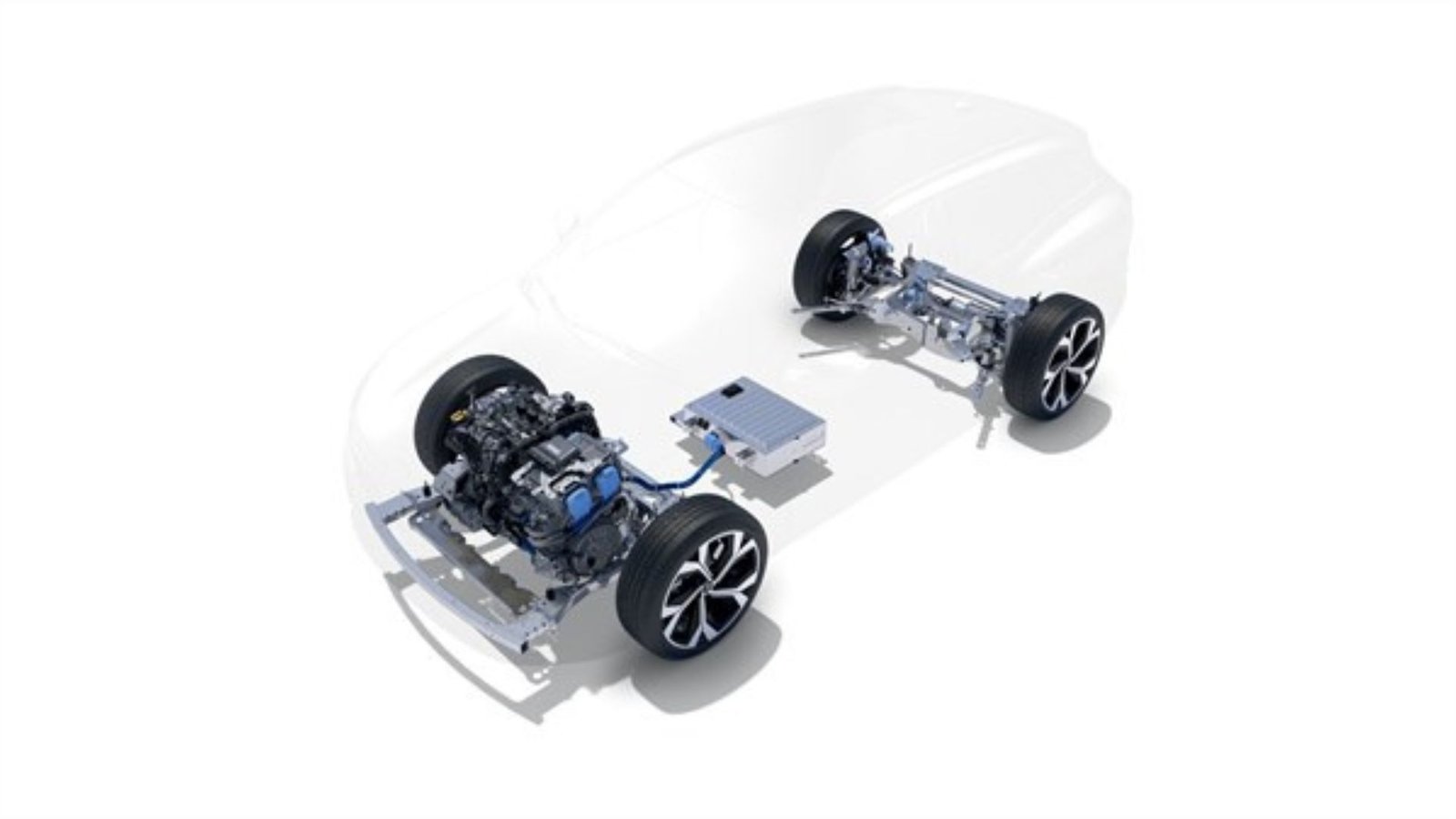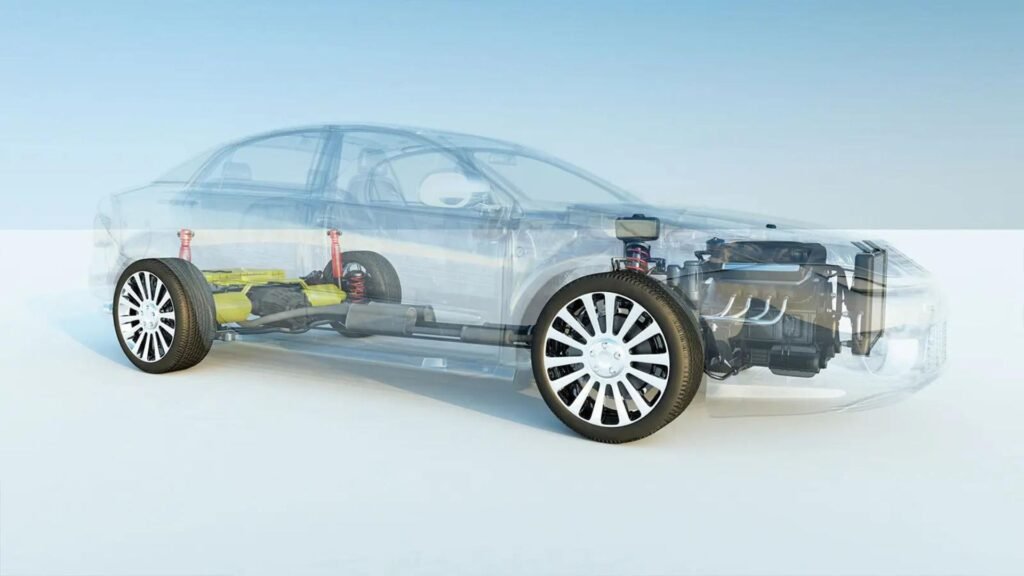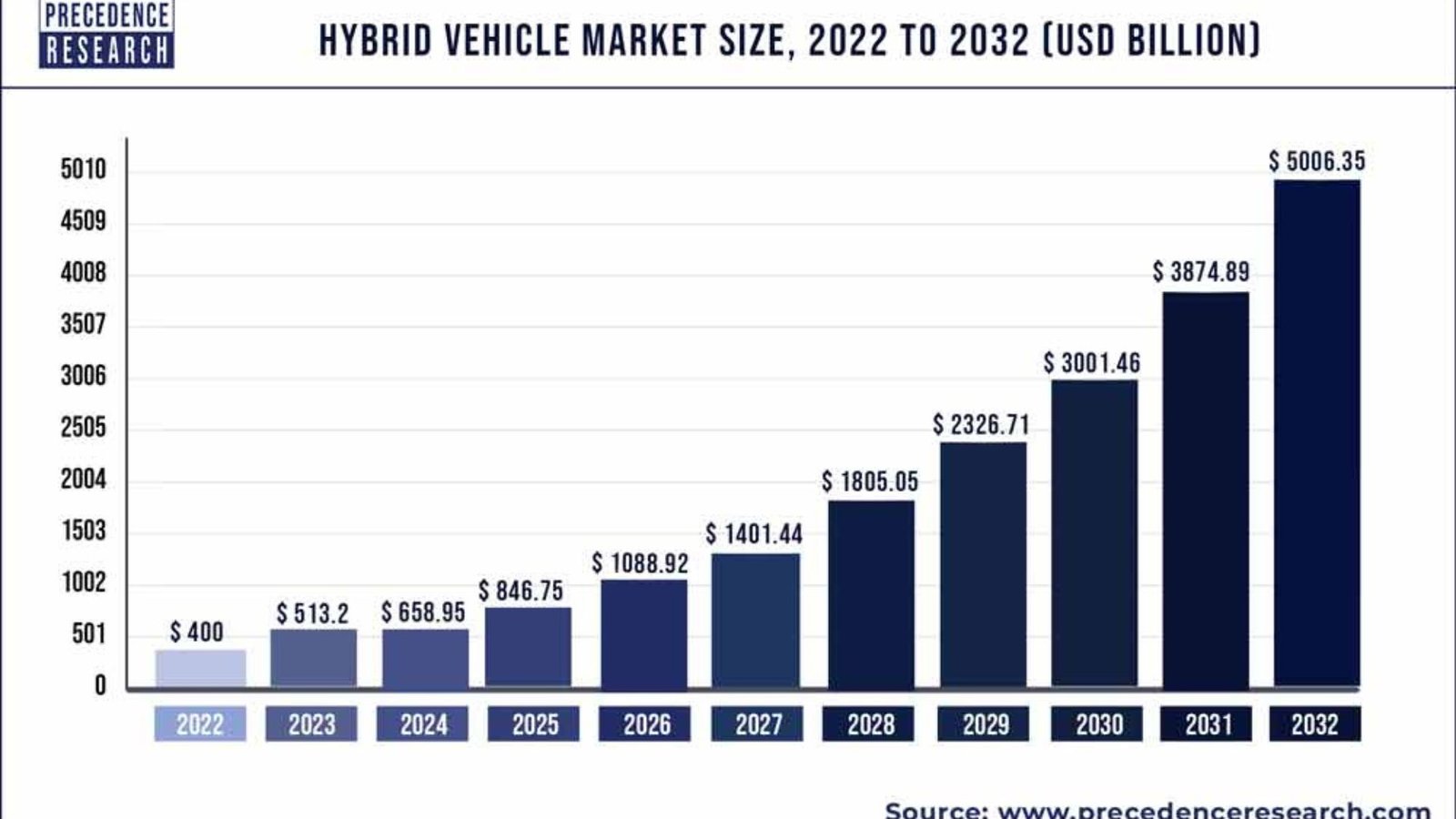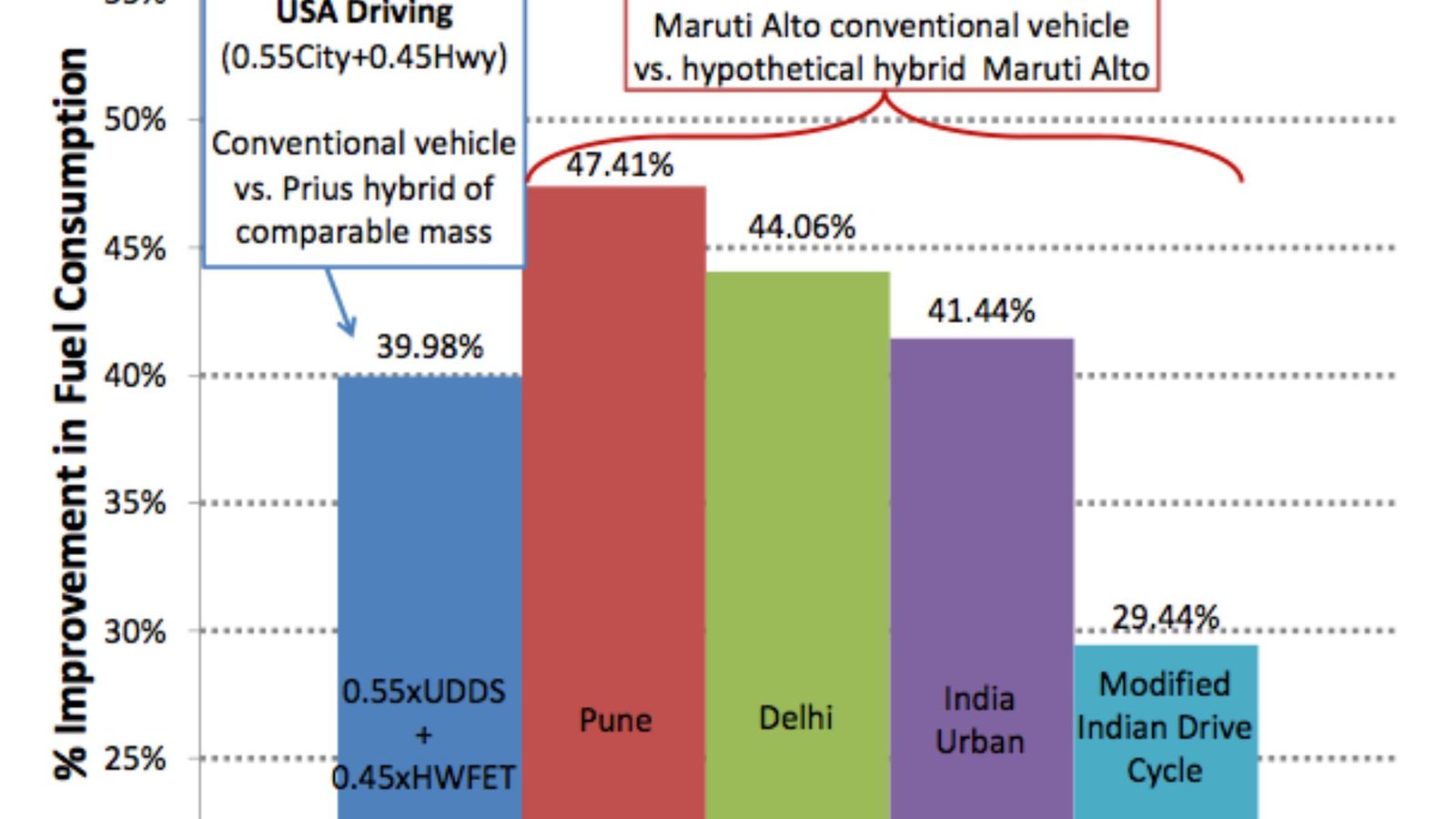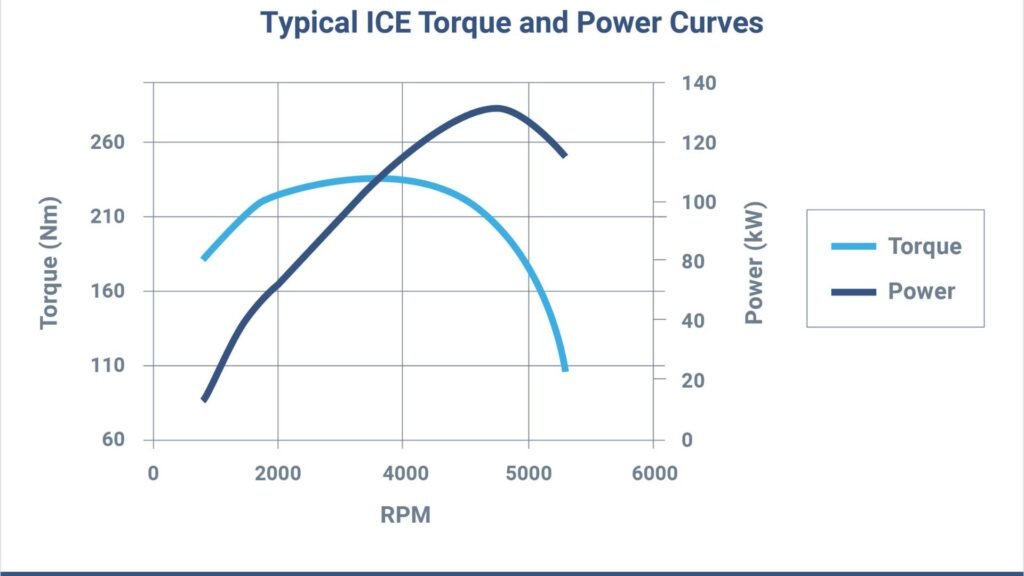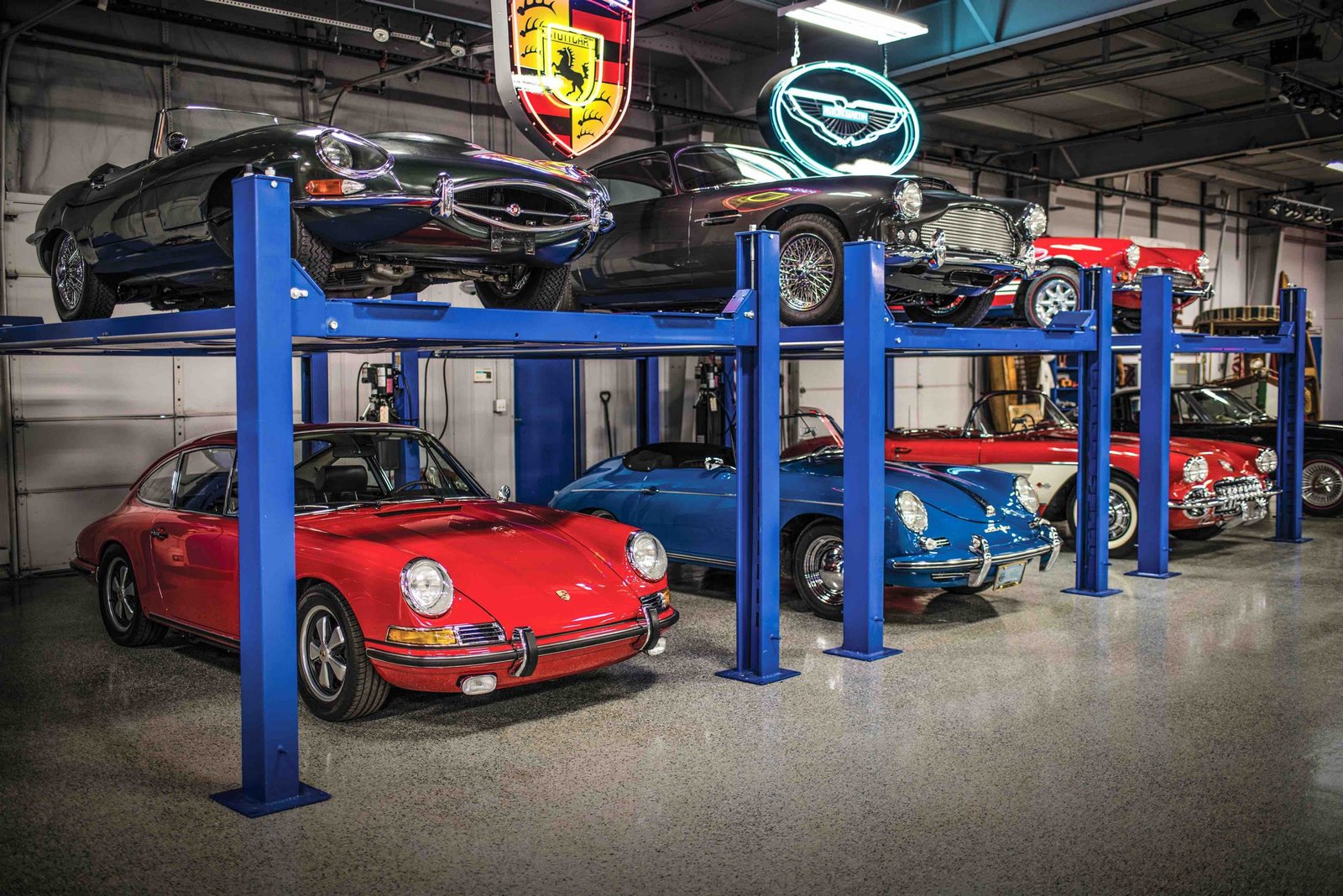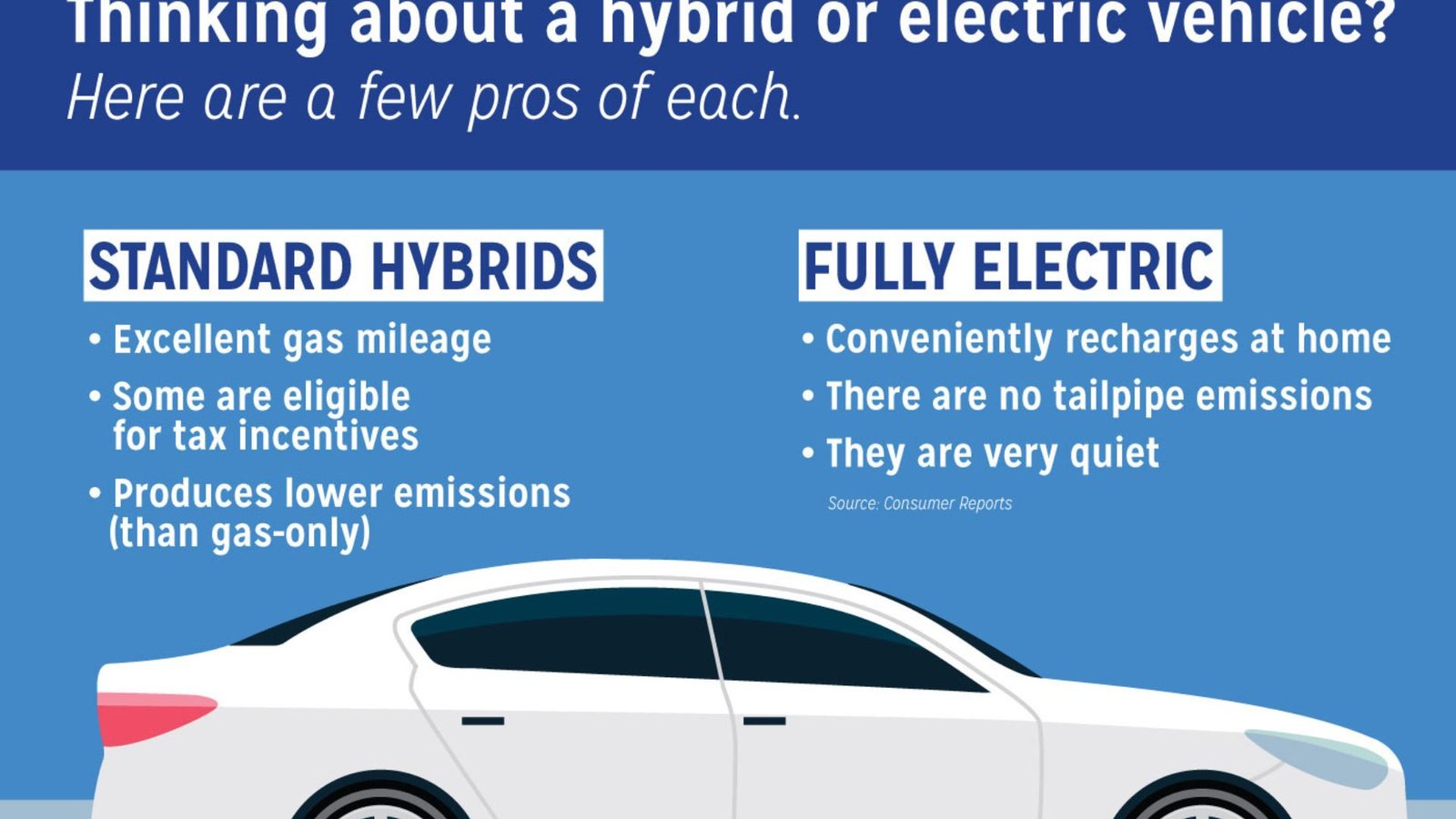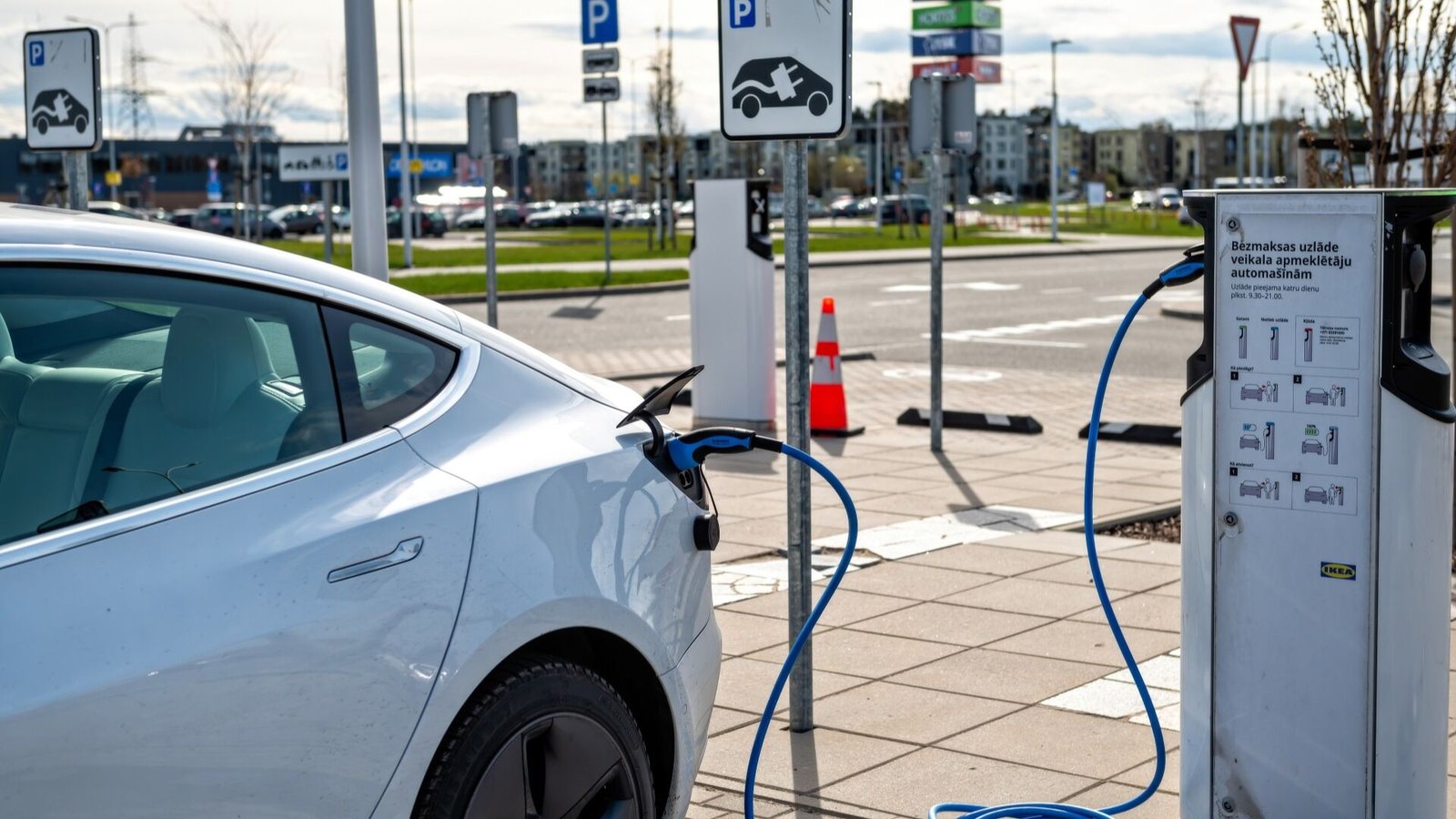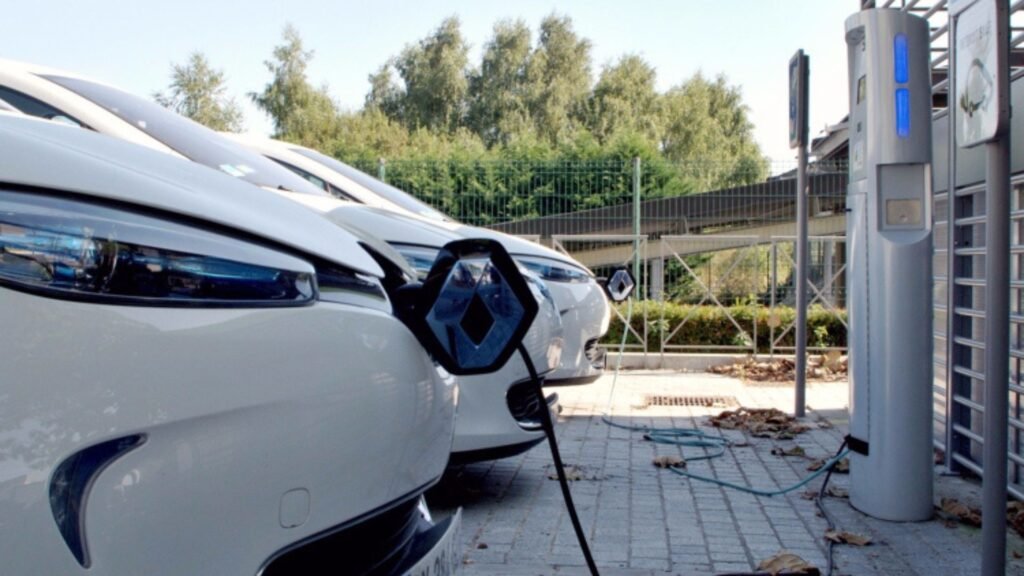How to Protect Your Vintage Car Investment
Owning a vintage car is not only a source of joy but also a significant financial investment. Protecting your vintage car investment requires a combination of careful maintenance, proper storage, and securing the right insurance. By following the right strategies, you can ensure your classic car retains its value and remains in excellent condition. In this article, we’ll cover essential tips on how to protect your vintage car investment effectively.

Regular Maintenance is Key
Maintaining your vintage car in top condition is crucial for preserving its value. Regular upkeep ensures that your vehicle remains functional and aesthetically pleasing.
Schedule Routine Inspections
Make it a habit to schedule regular inspections with a trusted mechanic who specializes in vintage cars. They can identify potential issues before they become major problems. This proactive approach helps prevent costly repairs and ensures that your car remains in optimal condition.
Use Quality Parts and Fluids
When it comes to repairs and maintenance, always use high-quality parts and fluids. Vintage cars often require specific components, and using the right ones helps maintain their authenticity and performance. Avoid shortcuts or cheaper alternatives that may compromise the integrity of your vehicle.
Proper Storage is Essential
Where you store your vintage car can significantly impact its condition. Proper storage helps protect your car from environmental factors that could lead to deterioration.
Choose a Climate-Controlled Space
For the best protection, store your vintage car in a climate-controlled garage or storage facility. Extreme temperatures and humidity can cause rust, corrosion, and other damage. A controlled environment helps maintain the car’s condition and prevents issues related to temperature fluctuations.
Invest in a Quality Car Cover
If you must store your car outdoors, invest in a high-quality car cover that is both breathable and water-resistant. This cover will protect your vehicle from dust, rain, and UV rays while allowing for proper ventilation.
Insurance and Documentation
Having the right insurance and keeping proper documentation are crucial aspects of protecting your vintage car investment.
Obtain Classic Car Insurance
Standard auto insurance policies may not provide adequate coverage for vintage cars. Seek out specialized classic car insurance that offers coverage tailored to the unique needs of older vehicles. This type of insurance often includes agreed value coverage, which ensures you receive the full value of your car in case of a total loss.
Keep Detailed Records
Maintain comprehensive records of all repairs, maintenance, and modifications made to your vintage car. This documentation is valuable for insurance purposes and can help prove the car’s value and authenticity should you decide to sell it.
Drive with Caution
How you drive your vintage car can
How to Protect Your Vintage Car Investment
Owning a vintage car is not only a source of joy but also a significant financial investment. Protecting your vintage car investment requires a combination of careful maintenance, proper storage, and securing the right insurance. By following the right strategies, you can ensure your classic car retains its value and remains in excellent condition. In this article, we’ll cover essential tips on how to protect your vintage car investment effectively.
Regular Maintenance is Key
Maintaining your vintage car in top condition is crucial for preserving its value. Regular upkeep ensures that your vehicle remains functional and aesthetically pleasing.
Schedule Routine Inspections
Make it a habit to schedule regular inspections with a trusted mechanic who specializes in vintage cars. They can identify potential issues before they become major problems. This proactive approach helps prevent costly repairs and ensures that your car remains in optimal condition.
Use Quality Parts and Fluids
When it comes to repairs and maintenance, always use high-quality parts and fluids. Vintage cars often require specific components, and using the right ones helps maintain their authenticity and performance. Avoid shortcuts or cheaper alternatives that may compromise the integrity of your vehicle.
Proper Storage is Essential
Where you store your vintage car can significantly impact its condition. Proper storage helps protect your car from environmental factors that could lead to deterioration.
Choose a Climate-Controlled Space
For the best protection, store your vintage car in a climate-controlled garage or storage facility. Extreme temperatures and humidity can cause rust, corrosion, and other damage. A controlled environment helps maintain the car’s condition and prevents issues related to temperature fluctuations.
Invest in a Quality Car Cover
If you must store your car outdoors, invest in a high-quality car cover that is both breathable and water-resistant. This cover will protect your vehicle from dust, rain, and UV rays while allowing for proper ventilation.
Insurance and Documentation
Having the right insurance and keeping proper documentation are crucial aspects of protecting your vintage car investment.
Obtain Classic Car Insurance
Standard auto insurance policies may not provide adequate coverage for vintage cars. Seek out specialized classic car insurance that offers coverage tailored to the unique needs of older vehicles. This type of insurance often includes agreed value coverage, which ensures you receive the full value of your car in case of a total loss.
Keep Detailed Records
Maintain comprehensive records of all repairs, maintenance, and modifications made to your vintage car. This documentation is valuable for insurance purposes and can help prove the car’s value and authenticity should you decide to sell it.
Drive with Caution
How you drive your vintage car can also impact its longevity and value.
Avoid Daily Use
Whenever possible, avoid using your vintage car as a daily driver. Frequent use can lead to wear and tear that reduces the car’s value. Instead, use it for special occasions or leisure drives to keep it in good condition.
Drive Smoothly
When you do drive your vintage car, be gentle and avoid aggressive acceleration or braking. Smooth driving helps prevent undue stress on the car’s components and can extend the life of the vehicle.
Conclusion
Protecting your vintage car investment involves a combination of regular maintenance, proper storage, appropriate insurance, and careful driving. By following these expert tips, you can ensure that your classic car remains in excellent condition and retains its value over time. Invest time and effort into caring for your vintage car, and you’ll be rewarded with a vehicle that continues to bring joy and pride for years to come.


